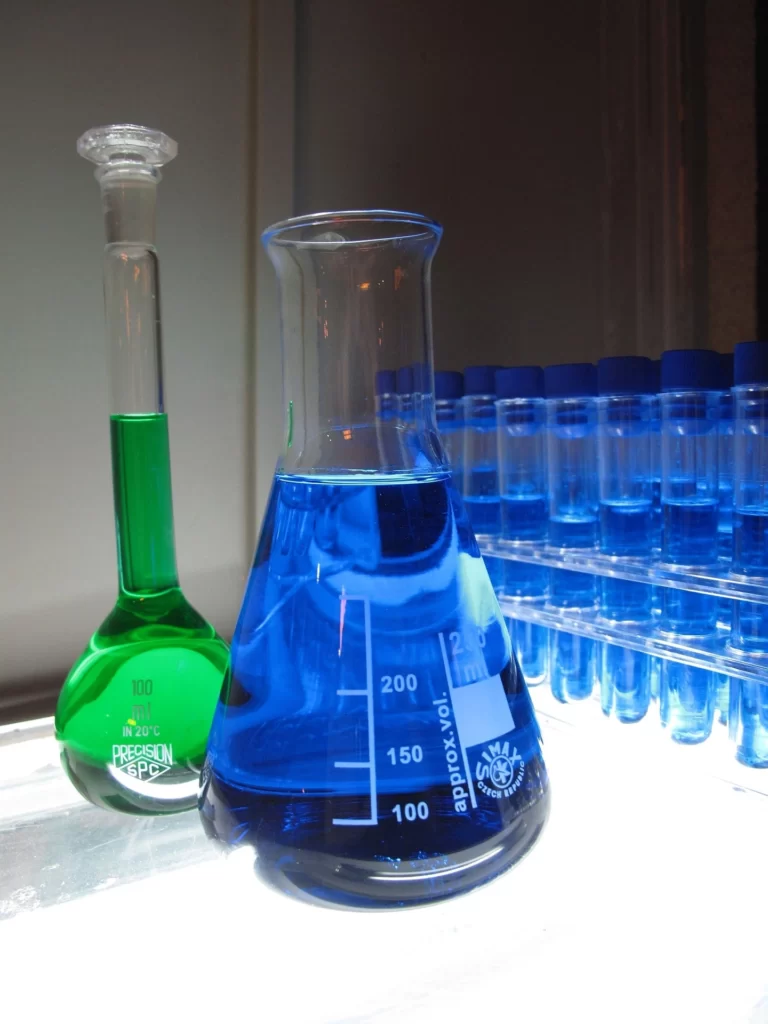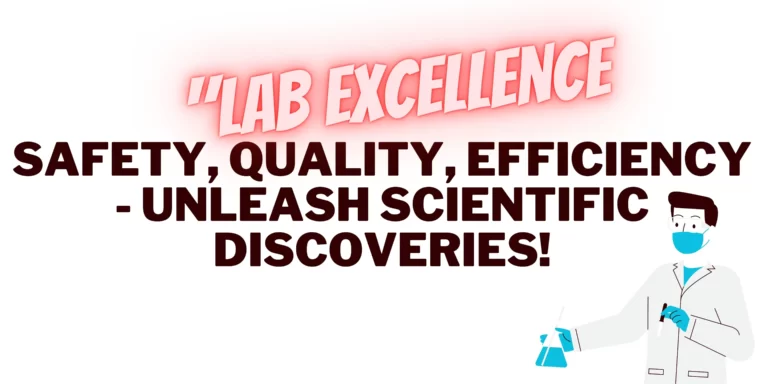Laboratories are essential for scientific research, experimentation, and analysis. To ensure accurate and reliable results, it is crucial to follow laboratory best practices. These practices encompass various aspects, including safety measures, equipment and instrumentation, documentation, sample management, quality assurance, training, and waste management. By adhering to these best practices, laboratories can operate efficiently while maintaining the highest standards of safety and quality.
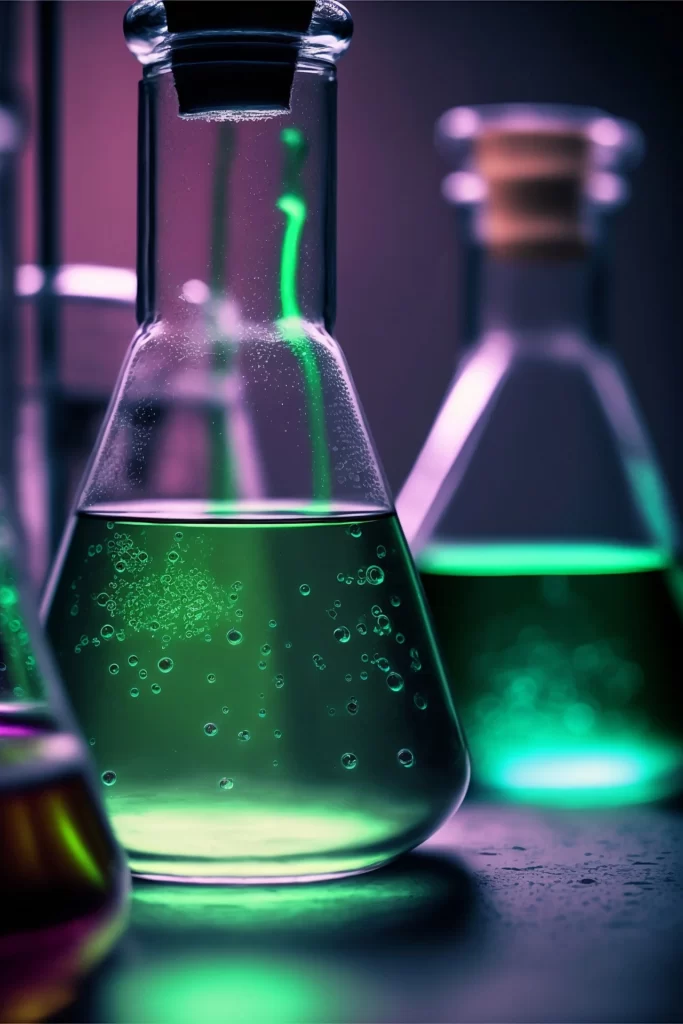
Introduction
Laboratory best practices are a set of guidelines and protocols designed to optimize laboratory operations and ensure the validity of scientific research and experimentation. These practices cover a wide range of areas, including safety, equipment handling, documentation, sample management, quality control, training, and waste management. Adhering to these practices is vital for both the accuracy of results and the well-being of laboratory personnel.
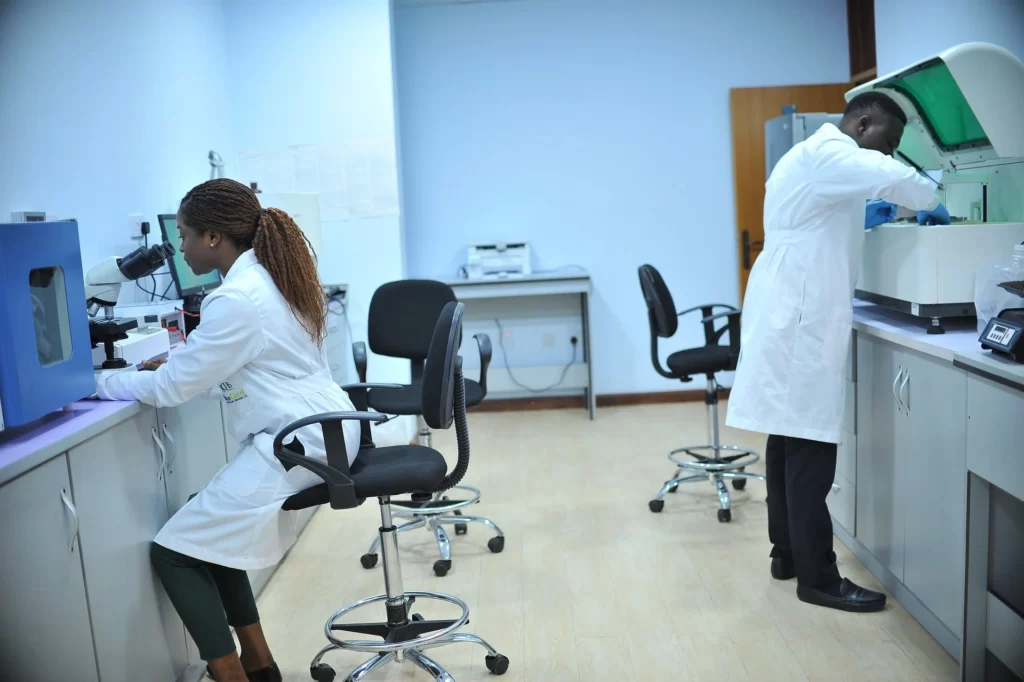
Importance of Laboratory Best Practices
Laboratory best practices are of paramount importance for several reasons. First and foremost, they ensure the safety of laboratory personnel. Laboratories can be hazardous environments with various chemicals, biological agents, and equipment that may pose risks if mishandled. Following best practices, such as wearing appropriate personal protective equipment (PPE) and implementing proper safety measures, significantly reduces the likelihood of accidents or injuries.
Furthermore, laboratory best practices help maintain the integrity and quality of data and research outcomes. By following standardized protocols, laboratories can minimize errors, contamination, and deviations that could compromise the accuracy and reliability of results. These practices also facilitate traceability and reproducibility, which are crucial for the advancement of scientific knowledge.
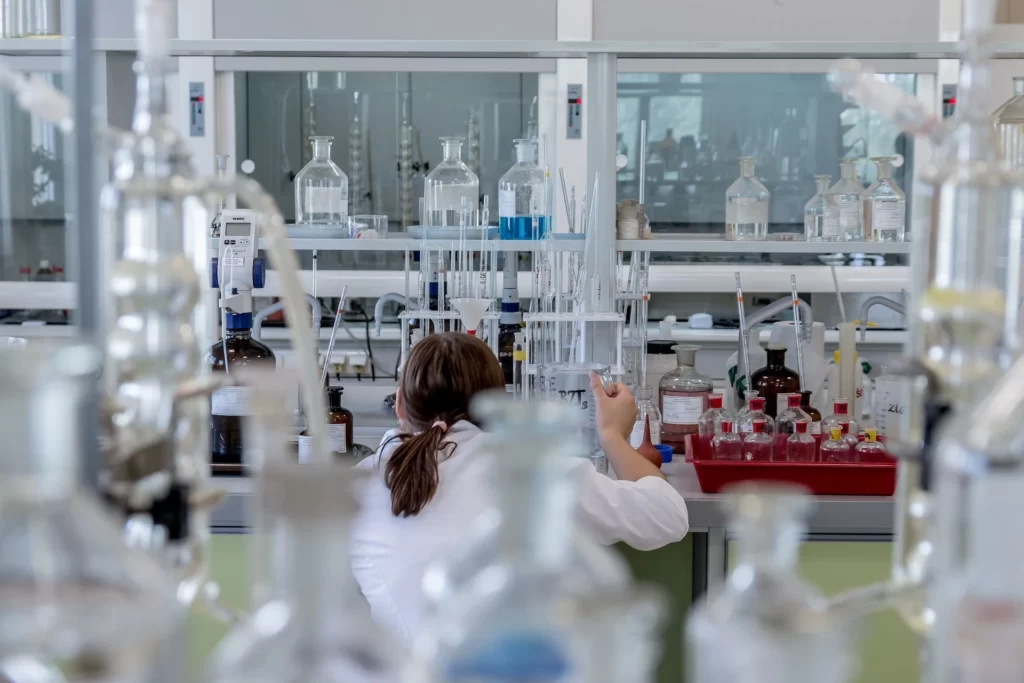
Safety Measures in the Laboratory
One of the primary aspects of laboratory best practices is ensuring safety. This involves implementing various measures to mitigate risks and protect the well-being of laboratory personnel. Some essential safety measures include:
Personal Protective Equipment (PPE)
Laboratory workers should wear appropriate PPE, such as gloves, lab coats, goggles, and face shields, depending on the nature of the work being conducted. PPE acts as a barrier against chemical splashes, biological hazards, and physical injuries.
Handling Chemicals Safely
Proper handling of chemicals is essential to prevent accidents, spills, and exposures. This includes storing chemicals appropriately, using chemical fume hoods for volatile substances, and following guidelines for handling hazardous materials.
Fire Safety
Laboratories often deal with flammable substances, making fire safety a crucial consideration. Laboratories should have fire extinguishers, sprinkler systems, and emergency exits in place. Regular fire drills and training sessions should be conducted to ensure everyone knows how to respond in case of a fire.
Emergency Preparedness
Laboratories must have emergency response plans in place. These plans should outline procedures for evacuations, medical emergencies, and spill containment. Regular drills and training sessions help ensure that laboratory personnel are prepared for various emergency scenarios.
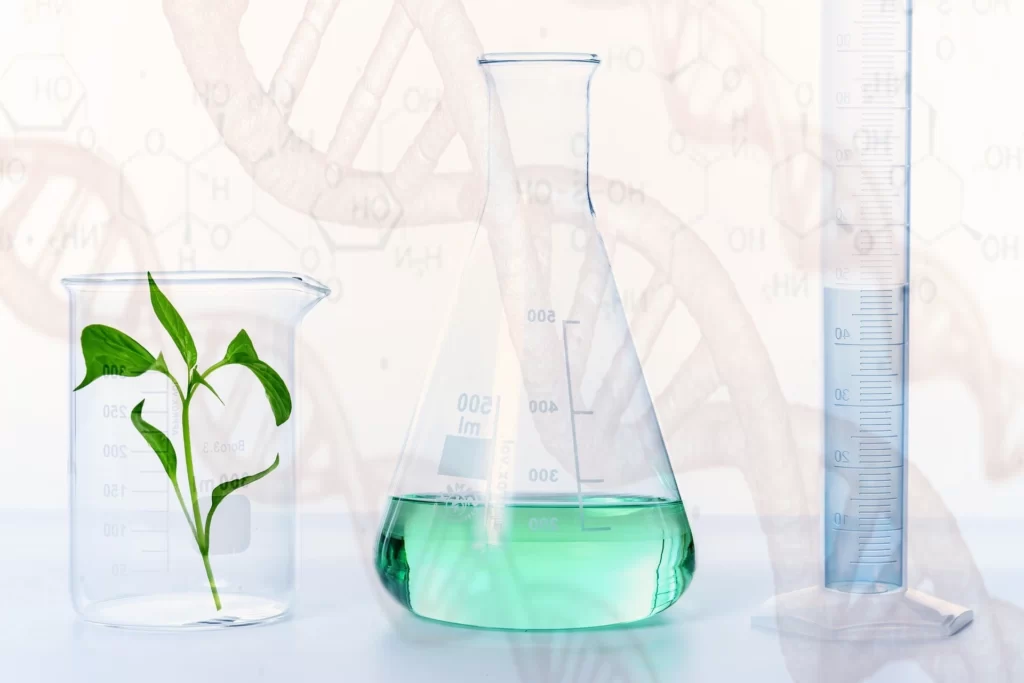
Equipment and Instrumentation
Proper handling, maintenance, and calibration of laboratory equipment and instrumentation are essential for accurate and reliable results. Some key considerations regarding equipment and instrumentation are:
Calibration and Maintenance
Regular calibration and maintenance of laboratory equipment are crucial to ensure accurate measurements and optimal performance. Calibration should be performed at defined intervals, and records should be maintained to track the equipment’s accuracy.
Proper Handling and Storage
Laboratory equipment should be handled with care to prevent damage or malfunction. Proper storage conditions, such as temperature and humidity control, should be maintained to preserve the integrity of sensitive equipment.
Quality Control
Laboratories should establish robust quality control procedures to monitor the performance of equipment and ensure consistent results. This involves running control samples, analyzing control charts, and implementing corrective actions when necessary.

Good Laboratory Documentation
Comprehensive and accurate documentation is an essential aspect of laboratory best practices. Proper documentation enables traceability, reproducibility, and accountability. Key considerations for good laboratory documentation include:
Record Keeping
Laboratories should maintain detailed records of experimental procedures, observations, data, and results. These records serve as evidence and can be referenced in the future for validation or replication purposes.
Standard Operating Procedures (SOPs)
Standard Operating Procedures (SOPs) provide step-by-step guidelines for various laboratory processes. SOPs ensure consistency, reduce errors, and facilitate the training of new personnel. They should be regularly reviewed, updated, and accessible to all laboratory staff.
Data Integrity and Traceability
Laboratories should implement measures to ensure the integrity and traceability of data. This includes using electronic systems for data entry and storage, implementing data backup protocols, and establishing version control mechanisms.
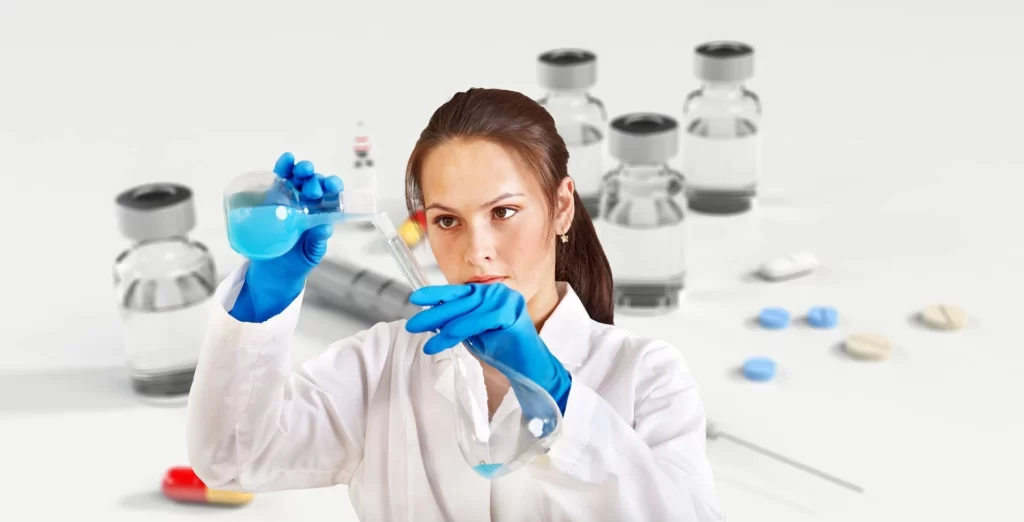
Sample Management
Proper management of samples is critical to maintain the integrity of scientific research. This involves following standardized procedures for sample collection, handling, storage, and preservation. Key considerations for sample management include:
Sample Collection and Handling
Samples should be collected using appropriate techniques and handled carefully to prevent contamination or degradation. Strict adherence to protocols ensures the accuracy and reliability of results.
Storage and Preservation
Laboratories should establish suitable storage conditions for different types of samples, including temperature control, humidity control, and protection from light. Proper labeling and inventory management are essential for sample traceability.
Chain of Custody
Maintaining a chain of custody is crucial, particularly when working with forensic or legal samples. A well-documented chain of custody ensures the sample’s integrity and provides a clear record of its handling and storage throughout the analysis process.
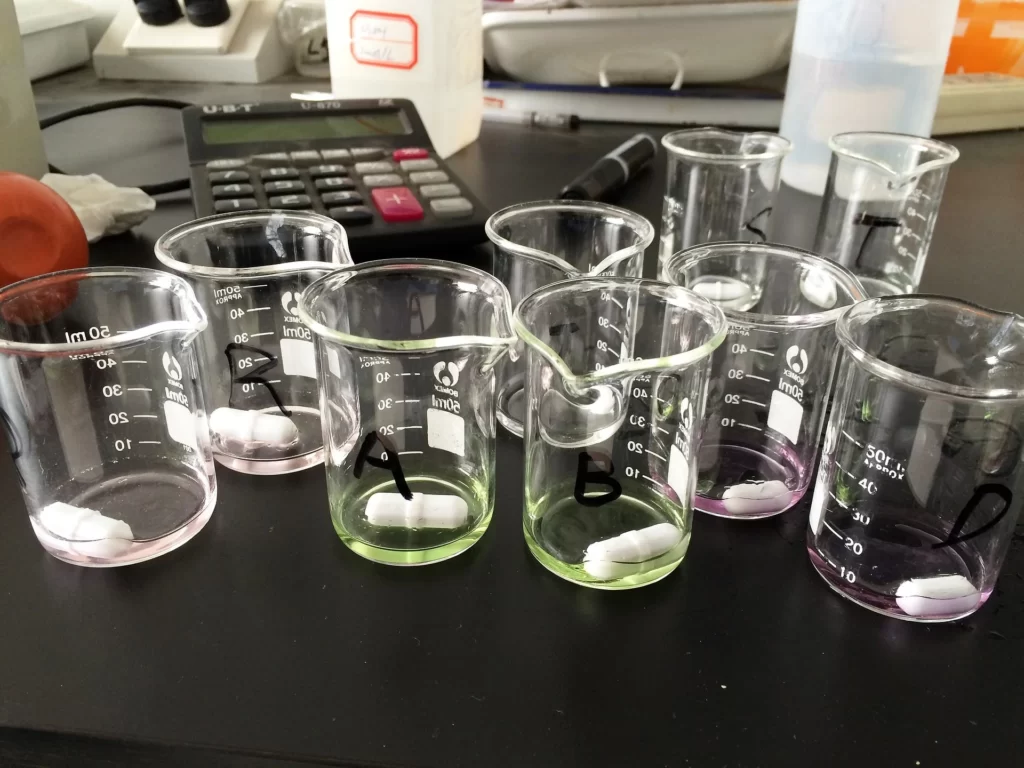
Quality Assurance and Quality Control
Quality assurance (QA) and quality control (QC) are essential components of laboratory best practices. These processes ensure the accuracy, reliability, and consistency of results. Key considerations for QA and QC include:
Internal Quality Control
Laboratories should perform internal quality control checks using control samples to monitor the accuracy and precision of analytical methods. These checks help identify and correct any systematic errors or deviations.
External Quality Assurance Programs
Participation in external quality assurance programs, such as proficiency testing, helps laboratories evaluate their performance against other laboratories. These programs provide an objective assessment of the laboratory’s analytical capabilities and identify areas for improvement.

Training and Competency
Continuous training and competency assessment are vital for laboratory personnel to stay updated with the latest techniques, regulations, and best practices. Key considerations for training and competency include:
Continuous Professional Development
Laboratory personnel should actively engage in continuous professional development to enhance their knowledge and skills. This can be achieved through attending workshops, conferences, and webinars, and pursuing relevant certifications.
Competency Assessment
Regular competency assessments should be conducted to ensure that laboratory personnel are proficient in their assigned tasks. These assessments may include practical demonstrations, written exams, and performance evaluations.
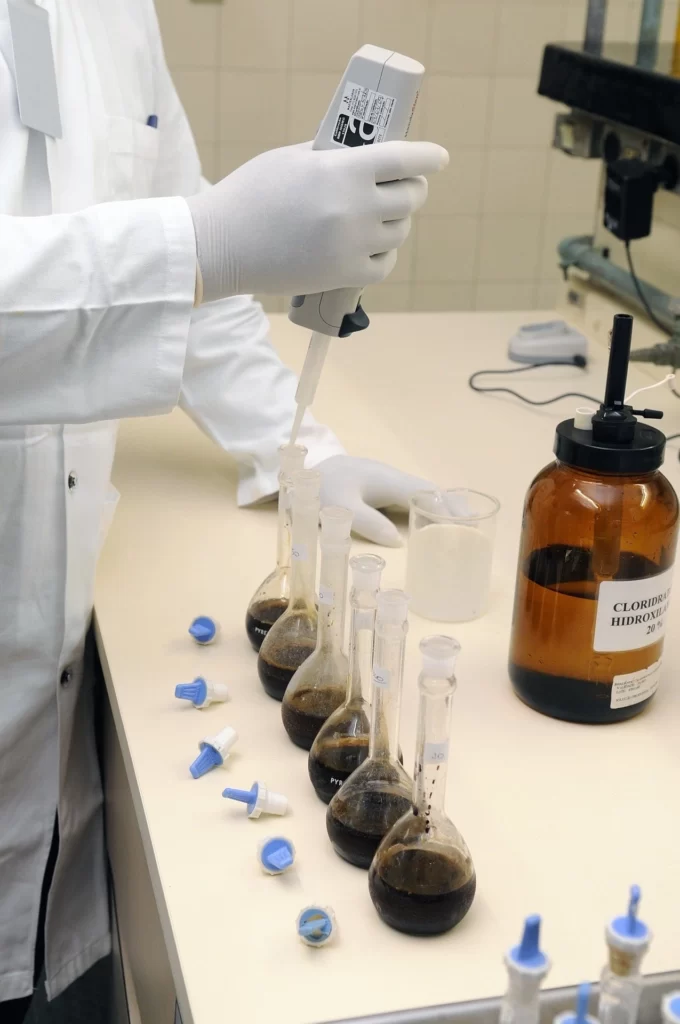
Waste Management
Proper waste management is crucial for laboratories to minimize environmental impact and ensure compliance with regulations. Key considerations for waste management include:
Proper Disposal of Chemicals and Waste
Laboratories should follow appropriate protocols for the disposal of chemicals, biohazardous waste, and other laboratory-generated waste. This includes segregating waste, using designated waste containers, and adhering to local regulations.
Recycling and Sustainability
Promoting recycling initiatives and adopting sustainable practices can significantly reduce the environmental footprint of laboratories. This includes recycling glassware, using eco-friendly materials, and implementing energy-saving measures.
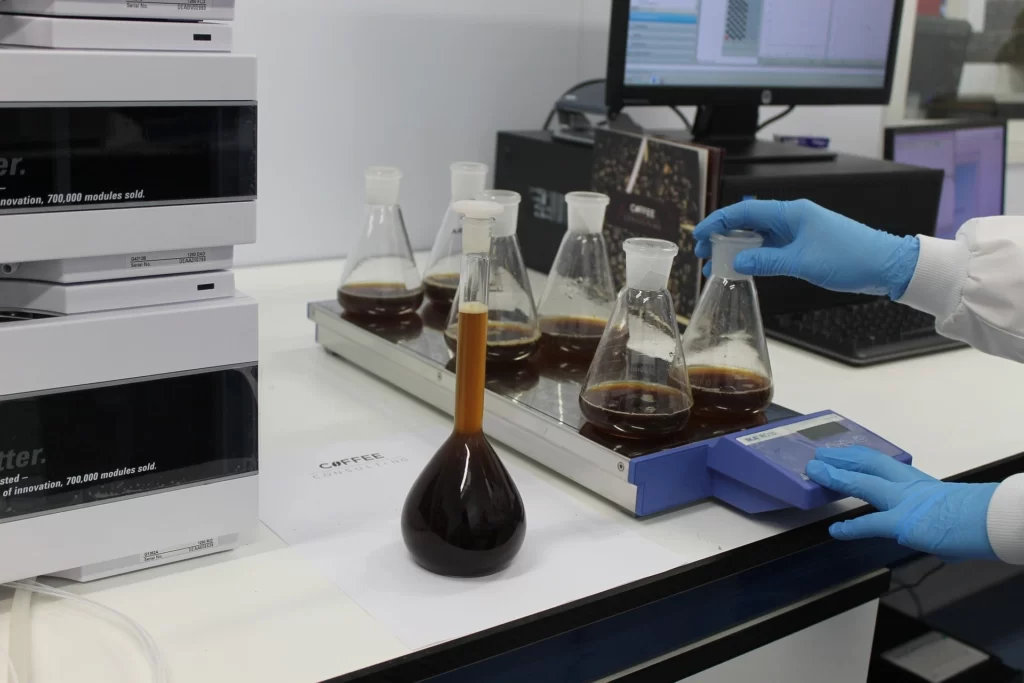
Conclusion
Laboratory best practices encompass a wide range of measures aimed at ensuring safety, quality, and efficiency. Adhering to these practices is essential for laboratories to produce reliable and accurate results while safeguarding the well-being of personnel. From safety measures to equipment handling, documentation, sample management, quality control, training, and waste management, every aspect plays a vital role in maintaining high standards in laboratory operations.
By implementing and following these best practices, laboratories can foster a culture of excellence and contribute to scientific advancements with confidence and integrity.

Frequently Asked Questions (FAQs)

Q1: Why are laboratory best practices important?
A1: Laboratory best practices are crucial for ensuring the safety of personnel and the validity of scientific research. They minimize risks, reduce errors, and maintain the integrity and quality of data and results.
Q2: What personal protective equipment should be worn in a laboratory?
A2: Personal protective equipment (PPE) typically used in laboratory settings comprises gloves, lab coats, goggles, and face shields. The specific PPE needed may differ based on the nature of the work being performed.
Q3: How often should laboratory equipment be calibrated?
A3: Laboratory equipment should be calibrated regularly according to predefined intervals. The frequency of calibration depends on factors such as the type of equipment, its usage, and the manufacturer’s recommendations.
Q4: What are the key components of good laboratory documentation?
A4: Good laboratory documentation includes comprehensive record keeping, well-defined standard operating procedures (SOPs), and measures to ensure data integrity and traceability.
Q5: How should laboratory waste be managed?
A5: Laboratory waste should be managed following appropriate protocols for disposal. This includes proper segregation, use of designated waste containers, and adherence to local regulations. Recycling initiatives and sustainability practices should also be promoted.
